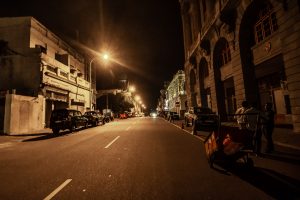
Its 2020 in Colombo and the city of today is a thriving metropolis. With sky rises and parks, malls and fine dining, hotels and apartment complexes combining to create the city’s landscape defining our 21st century story, Colombo has become a symbol of all things new. We are a progressive city of technology and convenience offering a unique combination of old-school living and modern luxuries.
But what about our roots? The bones on which the city was built. The buildings that carry the ghosts of yesterday’s Colombo. The 2020 Colombo we have envisioned is only possible because this city’s founders dreamed big. The structures of yesterday stand tall and proud beside the shiny and new, not looking one bit out of place. So, let’s take a new look at the old stories of Colombo city and remember that while we are a flourishing today because our roots are deeply set in a rich, multicultural history.
———–
COLOMBO LIGHTHOUSE
Located at the junction of Chatham Street and Janadhipathi Mawatha in Fort, the old lighthouse and clock tower were constructed in 1856. Starting off as a clock tower, its construction was undertaken by renowned English manufacturers Dent, who were incidentally also responsible for the famous Big Ben clock tower in Westminster, London. A lantern was added in 1865 and the tower was converted into a lighthouse. While the tower no longer beams light, it is still a beacon in the city.
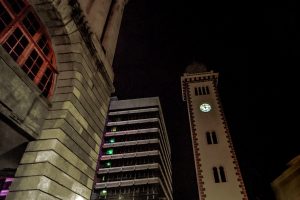
BEIRA LAKE
Slap-bang in the center of the city sits the Beira; built by the Portuguese in the 1500s to protect the city from invaders. Later on, artificial islands were created within the lake which served as agricultural land or to house political prisoners. While the lake covered an area of close to 410 acres when first created, the expanding city engulfed some of the lake, when shrinking it to a mere 160 acres. By the 19th century, the lake transformed in purpose, becoming an area for peaceful walks and bird-watching.
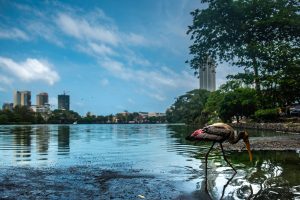
OLD TOWN HALL
Built in 1873, this Gothic style, Venetian building was used as the municipal headquarters for over 50 years. Today it is more as a run down museum or a haunted house than a meeting place for official matters. Perhaps the most startling feature of this building are a bunch of wax figurines seated around a table in discussion, the immortalization of an old photograph of the first city council formed in “1906” The museum aspect of the building is the most interesting, featuring old mayoral robes, an ambulance from colonial times and many other tit bits of Colombo’s rich history.
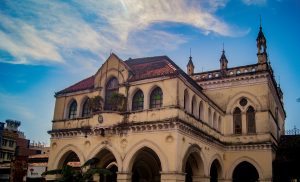
GALLE FACE GREEN
Located in central Colombo and along the western coastline, this promenade was once the Portuguese’s strategic line of fire for their cannons, which still sit around the area today. In 1859 it was converted into a recreational area for golfers and horse racers by the then Governor, Sir Henry John Ward. Today it is the go-to spot to catch the sunset amidst spicy ‘isso vadais’ and deep fried ocean crabs, street vendors yelling their wares and families, friends and lovers enjoying a pretty end to their day.
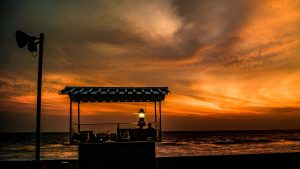
—————
Our city is growing rapidly and we are rushing to keep up with it. Let us take a moment amidst the hubbub of busy city life to look at pieces of history hidden in plain site and scattered across Colombo. It is in the combination of histories and cultures that Colombo really comes to life; straddling the line between yesterday and today, we are easily one of the most unique seaside cities anywhere in the tropics.
COLOMBO ON MY MIND
A Column by Natalie Soysa
